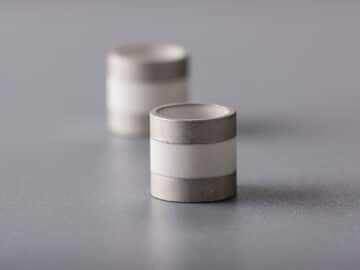Ceramic to Metal Seals
Ortech manufactures vacuum-tight, hermetically sealed assemblies including ceramic-to-metal, glass-ceramic, and glass-to-metal components. These seals are engineered to maintain structural integrity and performance under extreme operating conditions.
Ceramic-to-metal sealing technology leverages the inherent properties of advanced ceramics—high thermal resistance, low thermal conductivity, dielectric strength, and corrosion resistance—while integrating the mechanical toughness and machinability of metals. This combination provides superior reliability in high-pressure, High temperature resistance, and chemically aggressive environments.
Our hermetic components are designed for long-term stability, Tight connection thanks to 100% helium leak test, High leak safety under extreme conditions. and resistance to thermal cycling, making them ideally suited for applications in aerospace propulsion systems, vacuum electronics, high-frequency devices, medical implants, and other mission-critical technologies.
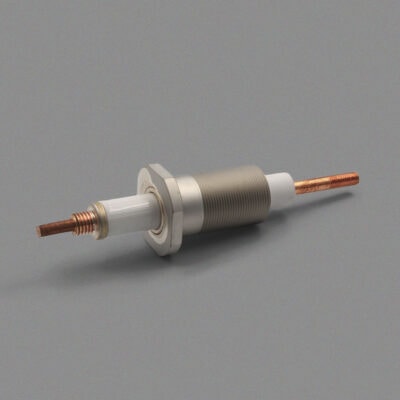
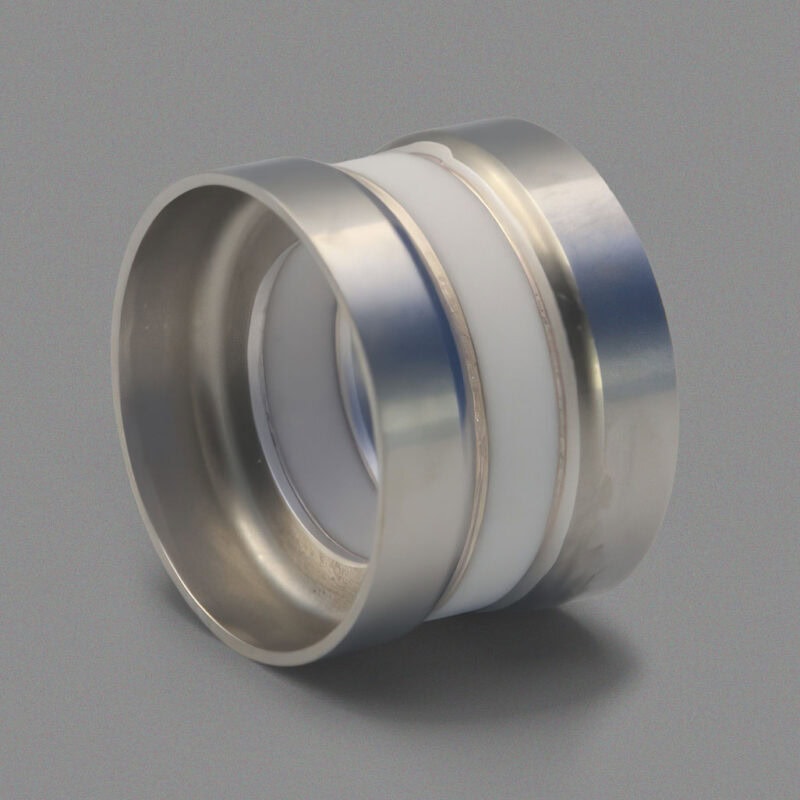
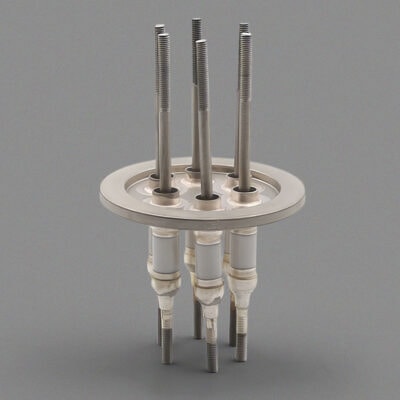
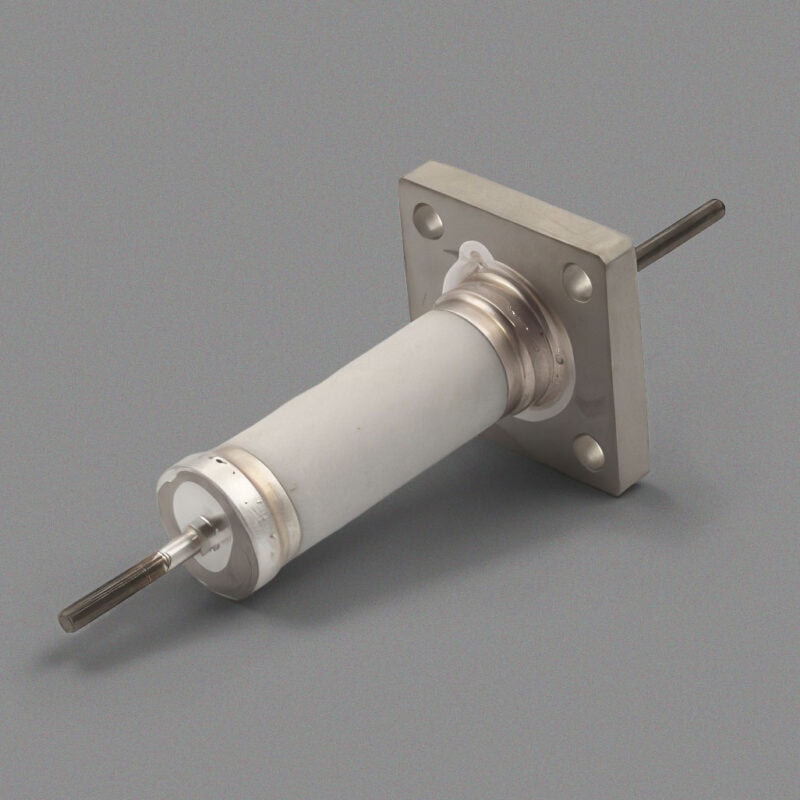
Ceramic-to-Metal Sealing Materials
Insulator
- Glazed Ceramic 94%-99% Al2O3 (white or pink)
- Aluminum Nitride (AlN)
- BeO
Conductor
- Kovar: Copper Cored Kovar
- 52 Alloy, Inconel
- Stainless Steels
Housing Material
- NiFe Alloys & NiFeCO (Kovar)
- 300 & 400 Series SST
- Cu / Cu Alloys
- Inconel
- 42, 46, 49 Alloys.
Special Characteristics
- High Abrasion Resistance
- High Mechanical Strength
- Pressures over 10,000 PSI
- High Temperature Usage
- Low Dielectric Loss
- Mass Spectrometer Leak Tested
- High Chemical Stability
Applications
- Aggressive chemical substances
- Cryogenic applications
- High-pressure applications
- High temperature applications
- High voltage
- Nuclear technology
- Aerospace
- Microwave technology
- Sensors
- Fusion applications
- High-energy physics
- Lasers
- Medical technology
- Ultra-high vacuum environments (UHV)
- Semiconductor technology
Metallized Alumina
Metallizing is the moly-manganese
coating applied to a seal’s
ceramic component. It enables
the seal to bond hermetically
to the metal portion of the seal.

